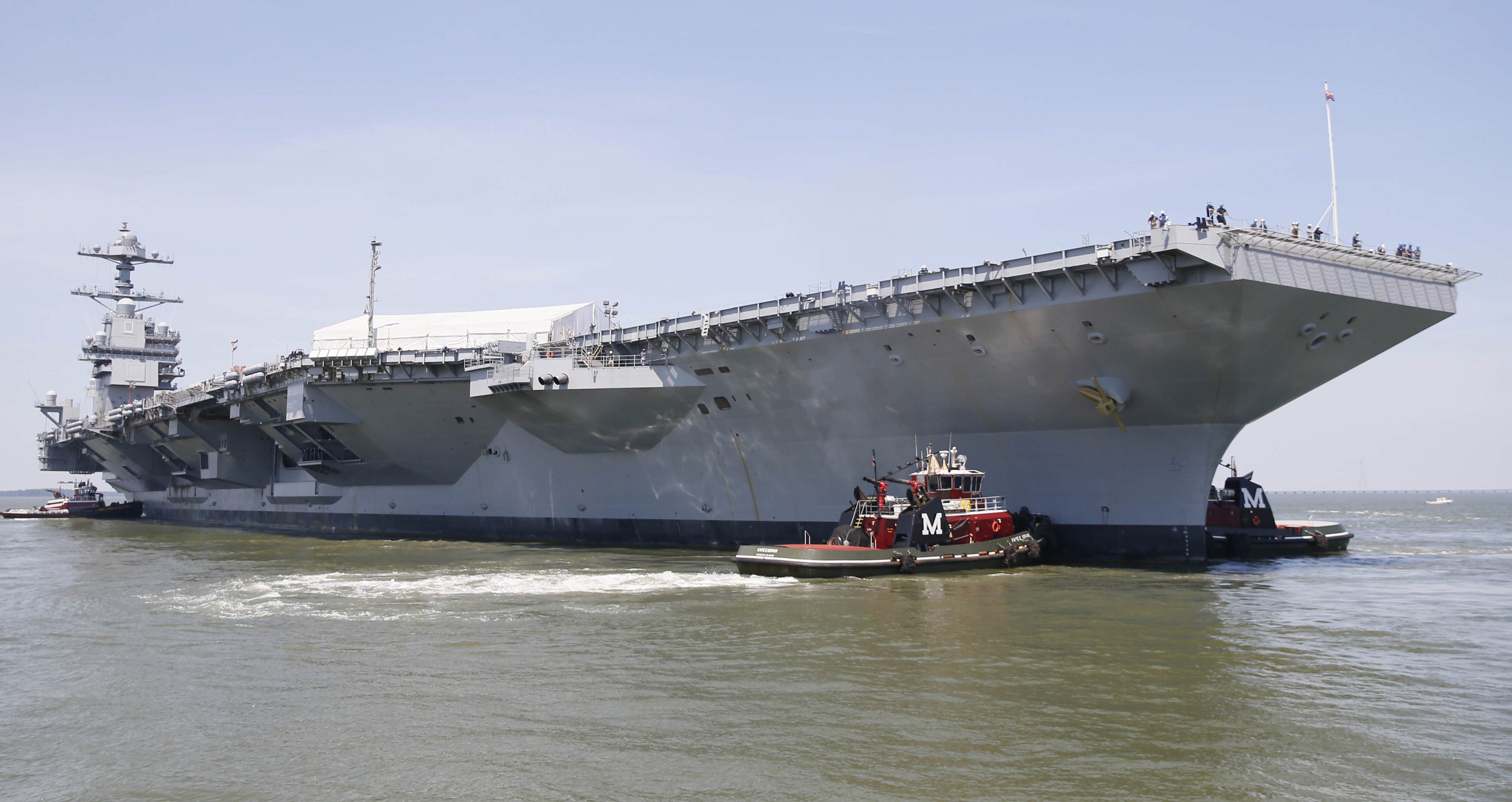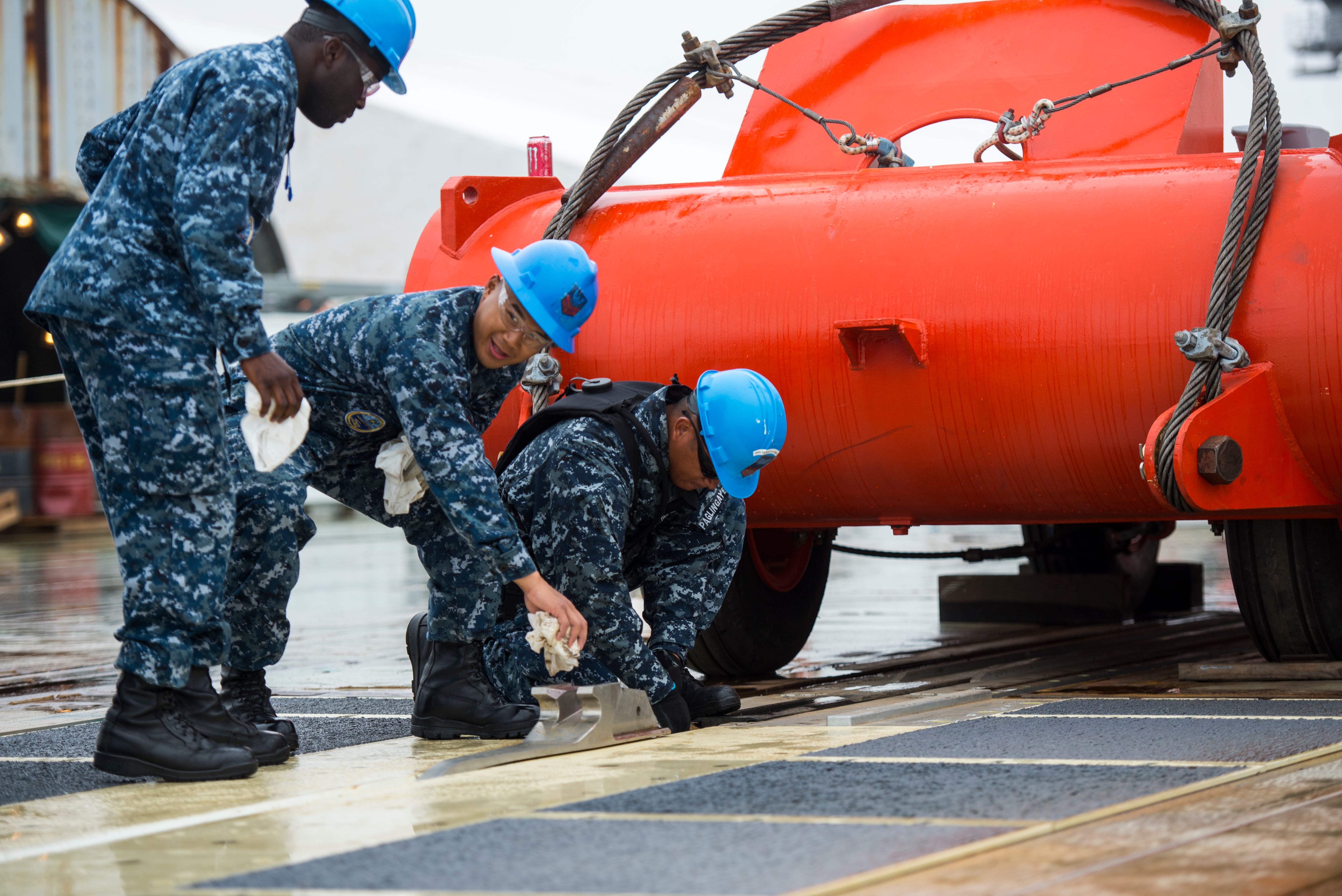The recently commissioned supercarrier Gerald R. Ford has been widely criticized for having a myriad of mechanical issues, but the U.S. Navy can scratch the Electromagnetic Aircraft Launch System off that list, according to a Naval Air Systems Command release.
The Navy says it performed 71 successful test launches this summer to confirm that the launch system is finally working correctly.
While EMALS has always been able to safely launch aircraft at the desired speed, engineers discovered in 2014 that the system was putting an inordinate amount of stress on the planes, according to the release.
RELATED

“We were confident since the day that the issue was uncovered that it was solvable,” George Sulich, EMALS integrated program team lead, said in the release. “The beauty of the system is that issues such as these can be accomplished with software updates instead of major hardware changes to machinery.”
It turns out all the EMALS team needed to do was fine-tune the launch system’s algorithm. The Navy identified the fix in 2015, but wasn’t finished testing it until this summer, according to the release.
RELATED

During that time, however, the faulty launch system drew widespread criticism, prompting even President Donald Trump to recommend scrapping the system and going back to traditional steam launch capabilities.
RELATED

“It sounded bad to me. Digital. They have digital. What is digital? And it’s very complicated. You have to be Albert Einstein to figure it out,” Trump said in a May interview with TIME. ”And I said — and now they want to buy more aircraft carriers. I said what system are you going to be — ‘Sir, we’re staying with digital.’ I said no you’re not. You going to goddamned steam, the digital costs hundreds of millions of dollars more money and it’s no good.”
Regardless of Trump’s recommendation, EMALS, which is not actually digital, is up and running and will be installed on the carrier Ford in 2019, according to the release.
